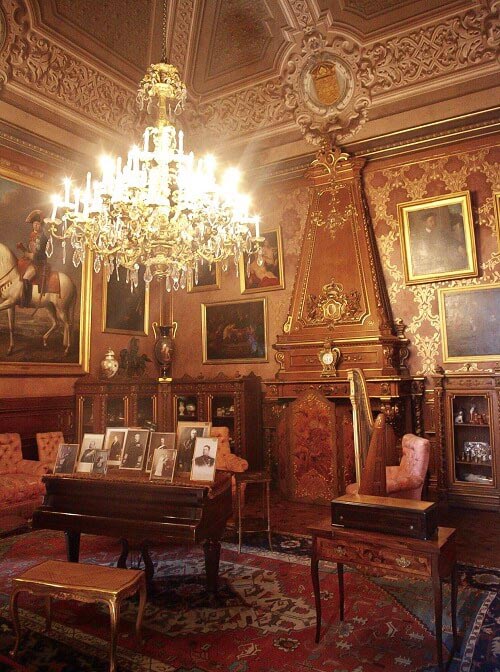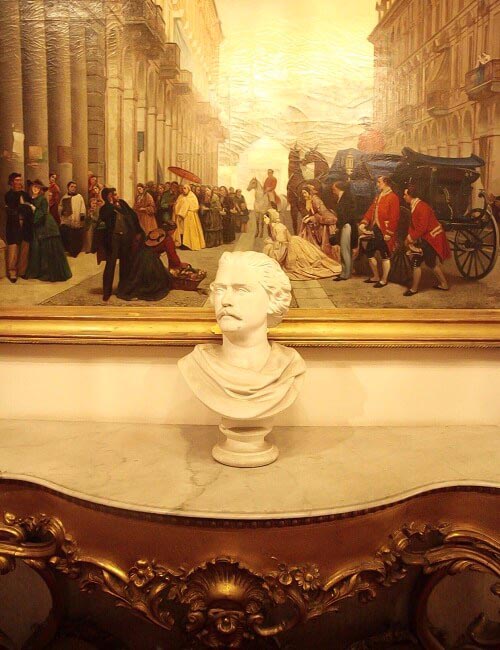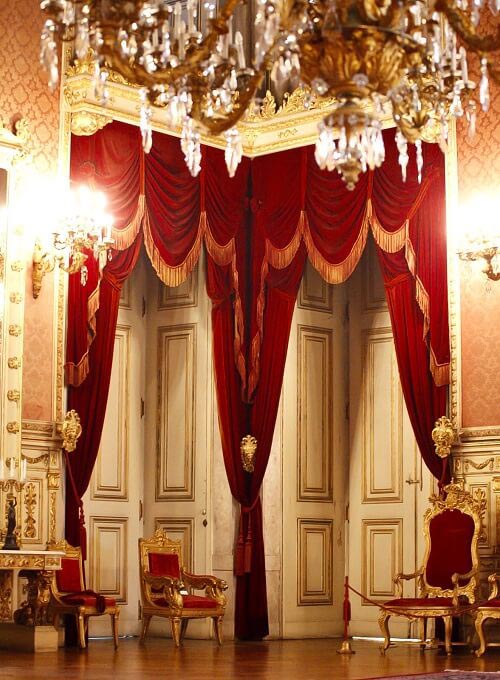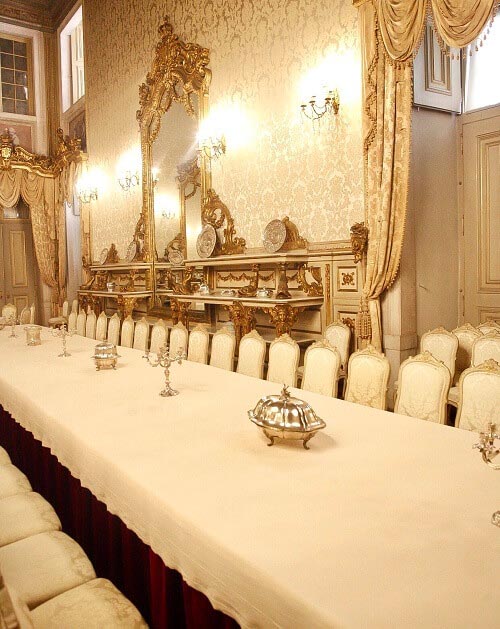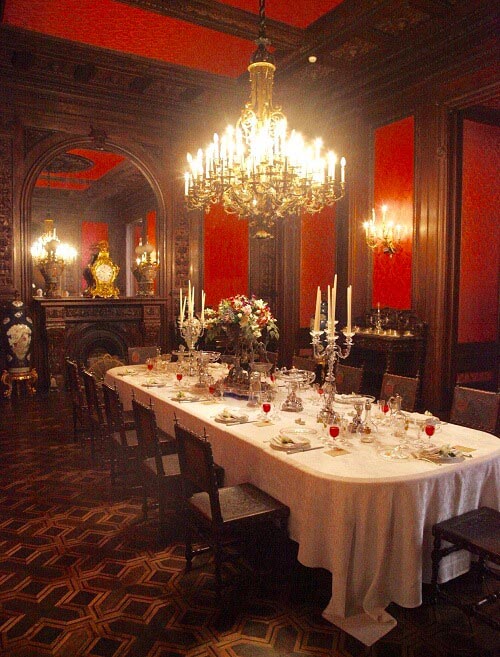Palácio Nacional da Ajuda is a unique place not only in Portugal but also throughout Europe.
The last official residence of the Portuguese royal family until the end of the monarchy in 1910, today houses a splendid museum. It is also the only palace that can be visited in Lisbon that reliably preserves the layout and decoration of the typical rooms from the 18th and 19th-centuries.

Palácio da Ajuda is also known as Real Paço da Nossa Senhora da Ajuda and is located on the top of Ajuda Hill, near the region of Belém. Its view of the Tejo River is incredible!
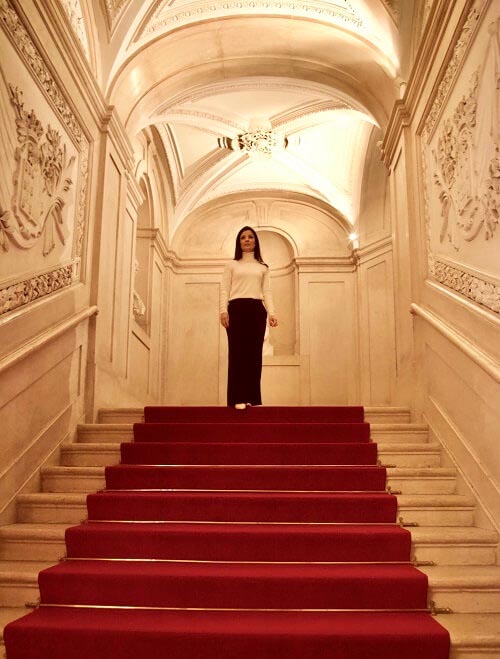
After the establishment of the Republic and the exile of the royal family, the palace was closed down and opened to the public as a museum in 1968. The visitable area includes two floors: the Ground Floor, where the old royal rooms are located; and the Noble Floor, where the gala halls can be found. The various rooms of Palácio Nacional da Ajuda are magnificent!
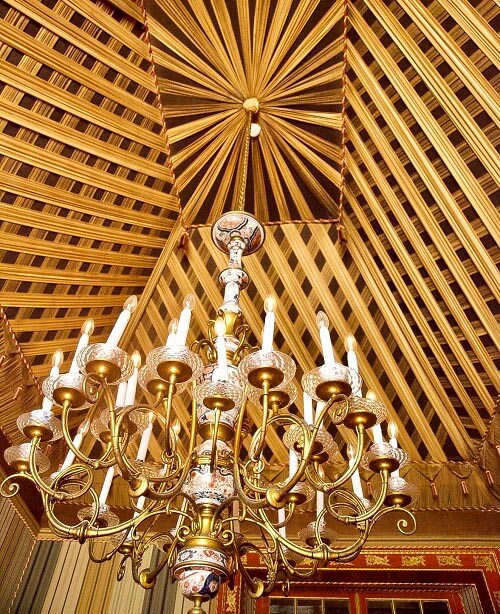
All the scenarios were carefully reproduced in the same way as the time of D. Louis I. Up to now, 9 rooms of the palace have been reconstituted.
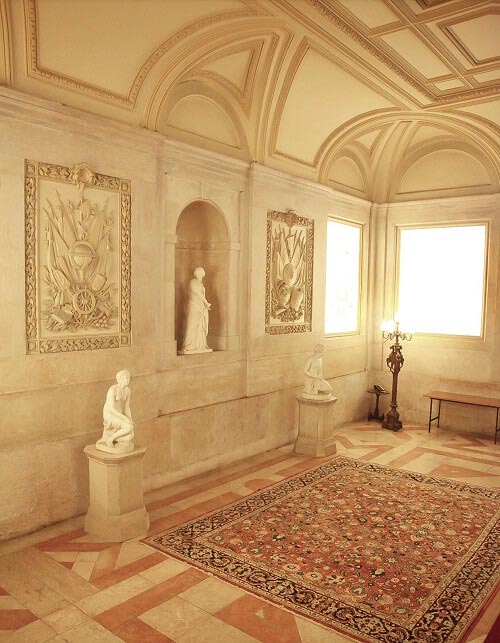
Standing out on the ground floor:
- The Dining Room, where the intimate meals of the family were held.
- The so-called Blue Room, it was used as a living space for the royal family, richly decorated.
- The room of Queen Maria Pia, decorated with the finest and most elegant porcelain, they portray the personality of the monarch contrasting with the small spaces of King D. Louis I, of remarkable simplicity and humility.

In the Noble Floor, it is impossible to remain indifferent to the Room of the Great Dinners, a space destined to the gala events. This luxurious hall has witnessed the biggest banquets of the Royal Family, and notable episodes of life in the Court, such as the wedding party of King Charles I and D. Amelia de Orleans. This magnificent room is still used in the current presidential banquets and highlights the services of Chinese export porcelain of the 18th century.
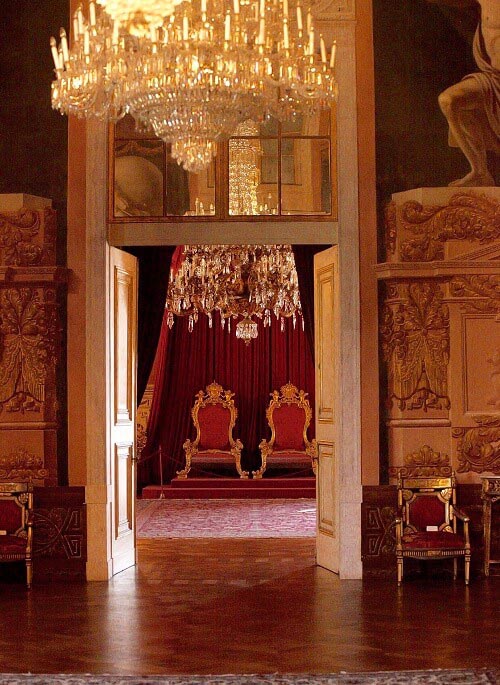
In the Throne Hall, the ceremony of hand-kissing to the king took place, where the subjects demonstrated their loyalty. It’s all majestic, but the chairs of the throne, of Portuguese origin, stand out. This room also has great historical value for Brazilians, because it was here that D. Pedro IV (or D. Pedro I of Brazil) swore in 1834 the Constitution of 1826, inspired by the Constitution of Brazil of 1824 and of France 1814.
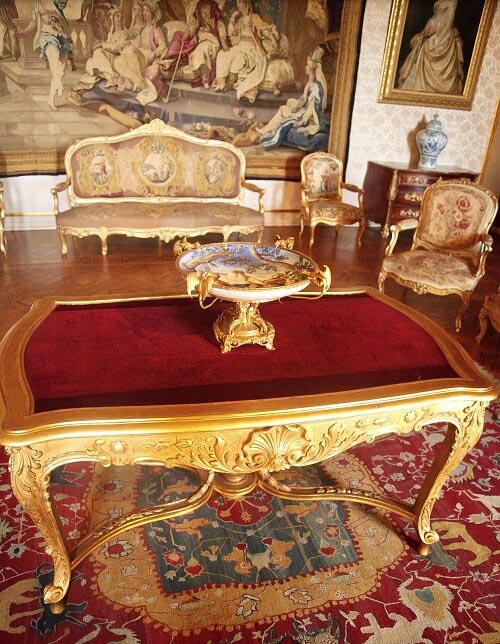
The Palace has also important collections of decorative arts from the 18th and 19th centuries: jewelry, tapestry, furniture, glass, and ceramics, as well as collections of painting, engraving, sculpture and photography.
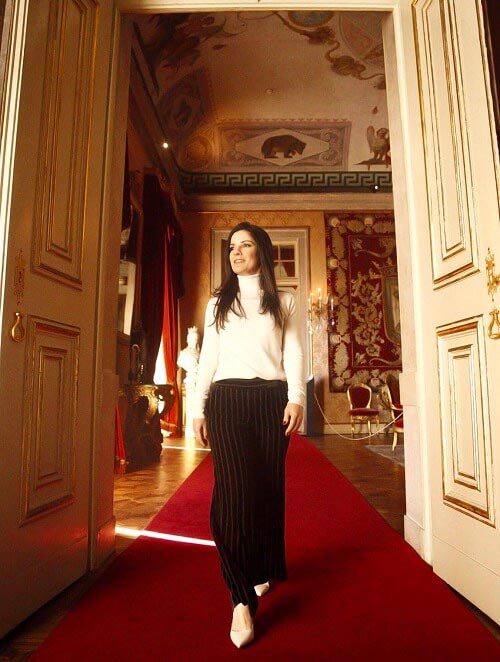
The Palácio Nacional da Ajuda is a must-visit in Lisbon! Its atmospheres are so real, that it is very easy to travel back in time and relive the D. Luis I era.
Include the Palácio Nacional da Ajuda in your itinerary, and meet another important historical-cultural monument of Portugal!
